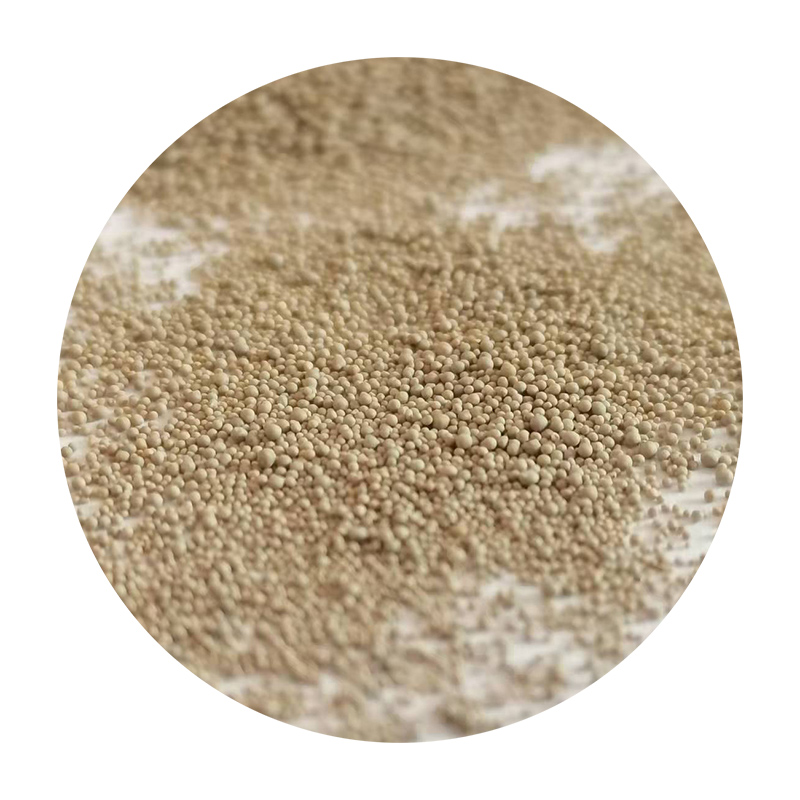Sand Casting Applications A Versatile Manufacturing Process
Sand casting, one of the oldest and most widely used metal casting processes, has stood the test of time due to its adaptability and cost-effectiveness. The process involves creating a mold from sand, pouring molten metal into the mold, and then allowing it to solidify to form a desired shape. Its simplicity allows for a broad range of applications across various industries. This article explores the diverse applications and advantages of sand casting.
Automotive Industry
One of the primary sectors that benefit from sand casting is the automotive industry. Components such as engine blocks, cylinder heads, and transmission cases are often produced using this method. The ability to create complex shapes and intricate designs makes sand casting an ideal choice for manufacturing parts that require high strength and durability. Additionally, sand casting allows for the production of large parts that are critical for vehicle performance and safety.
Aerospace Industry
The aerospace sector also relies heavily on sand casting for producing lightweight and high-strength components. Aircraft engines, landing gear, and structural components are often crafted using this method. Sand casting supports the fabrication of intricate geometries and allows for the use of high-performance alloys that can withstand extreme conditions. This capability is essential in ensuring the reliability and safety of aerospace components.
Marine Applications
sand casting applications

In the marine industry, sand casting is utilized for fabricating various components of ships and submarines. Parts such as propellers, pumps, and engine blocks require high corrosion resistance and toughness, which can be effectively achieved through sand casting. The process supports the use of specialized alloys designed to endure the harsh marine environment, ensuring longevity and reliability in critical applications.
Art and Sculpture
Beyond industrial applications, sand casting is also employed in the art world. Sculptors and artisans use this technique to create intricate sculptures and decorative items. The ability to reproduce fine details and textures makes sand casting a favored choice for artistic endeavors. Artists can create unique works that can be mass-produced while maintaining the characteristics of handmade items.
Object Production and Prototyping
Sand casting is not limited to large-scale manufacturing; it is also an essential tool for prototypes and small-batch production runs. Its low tooling cost and speed of production make it an accessible option for inventors and entrepreneurs looking to bring their ideas to market. Rapid prototyping also allows designers to test and refine their designs effectively, ensuring better outcomes in the final product.
Conclusion
In summary, sand casting is an incredibly versatile manufacturing process with a wide range of applications across various industries. From automotive and aerospace to marine and artistic productions, its capacity for creating complex geometries and large components makes it invaluable. Moreover, the adaptability of sand casting to different materials and designs allows industries to innovate and grow. As technology progresses, the integration of techniques like 3D printing with traditional sand casting is likely to propel this age-old process into new realms, making it an evergreen choice for manufacturers seeking efficiency and creativity.
Post time:syys . 10, 2024 17:45
Next:Foundry Sands Solutions | High-Quality Foundry Sand for Casting
